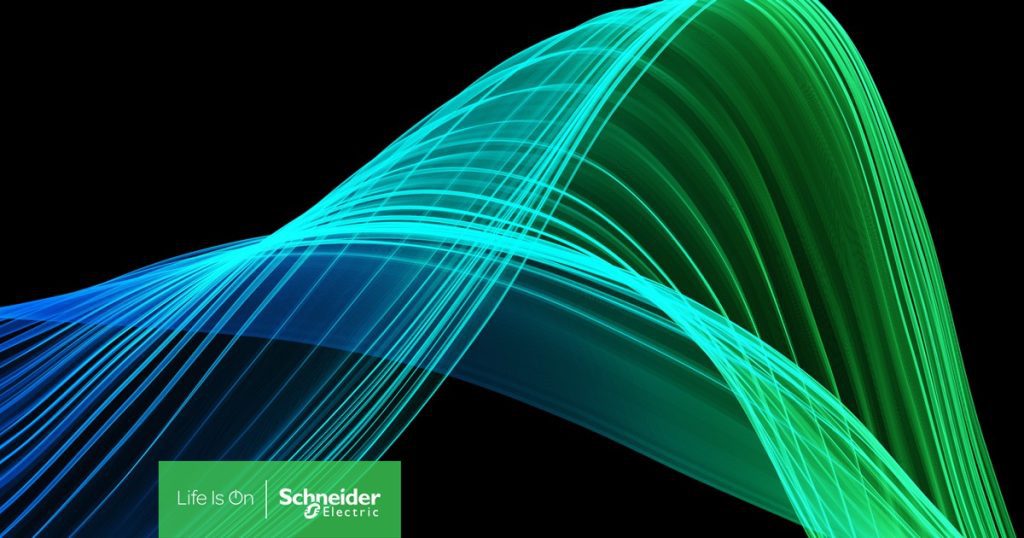Companies all around the world are racing to take the lead for AI-enabled business processes. The path to leveraging AI starts with deploying the IT stack to train and tune, then to put AI models to work in the field.
However, the AI IT stack is not the standard computing architecture that has been used in cloud and enterprise data centers for the last few decades. GPUs (graphic processing units), a type of accelerator, are high powered processing units that are very efficient at performing parallel processing tasks like the ones used in training LLMs. These GPUs form the heart of AI servers and are controlled by CPUs (central processing units).
To simplify the server design, NVIDIA has engineered and manufactures AI “server boards” (GPUs and CPUs on a circuit board connected through NVLink). And, to make it even easier, NVIDIA provides blueprints to package AI boards and servers into AI training and inference clusters that are technically supercomputers, which the company refers to as SuperPODs.

SuperPODs need better reference designs
SuperPODs provide a challenge for data center operators to deploy in an existing data center, or even a new purpose-built AI data center because they are much more densely packed and require substantially more power and cooling than traditional data center workloads. In response, Schneider Electric has partnered with NVIDIA to streamline and accelerate the deployment of AI IT stacks, including SuperPODs.
Schneider Electric has leveraged our expertise in data center infrastructure examining NVIDIA’s advanced AI technologies; allowing us to introduce the first publicly available AI data center reference design. Four reference designs were created (three for retrofit scenarios and one for a purpose-built data center) to provide detailed guidance based on different criteria, such as footprint, density, and existing infrastructure. The retrofit designs carve out space in an existing IT space for AI SuperPODs of approximately 1 MW. The new-build design, supporting approximately 2 MW with rack densities of 70 kW, can be scaled and repeated for data center operators looking to build an IT space specifically for AI clusters.
To dive deeper into the value and summary of these reference designs, I invite you to review our brief “AI Reference Designs to Enable Adoption: An Executive Overview of a Collaboration Between Schneider Electric and NVIDIA”. When you are ready to explore the engineering details including design specifications, performance characteristics, electrical one-lines, piping diagrams, floor layouts, and equipment lists, I invite you to visit the designs.




Add a comment